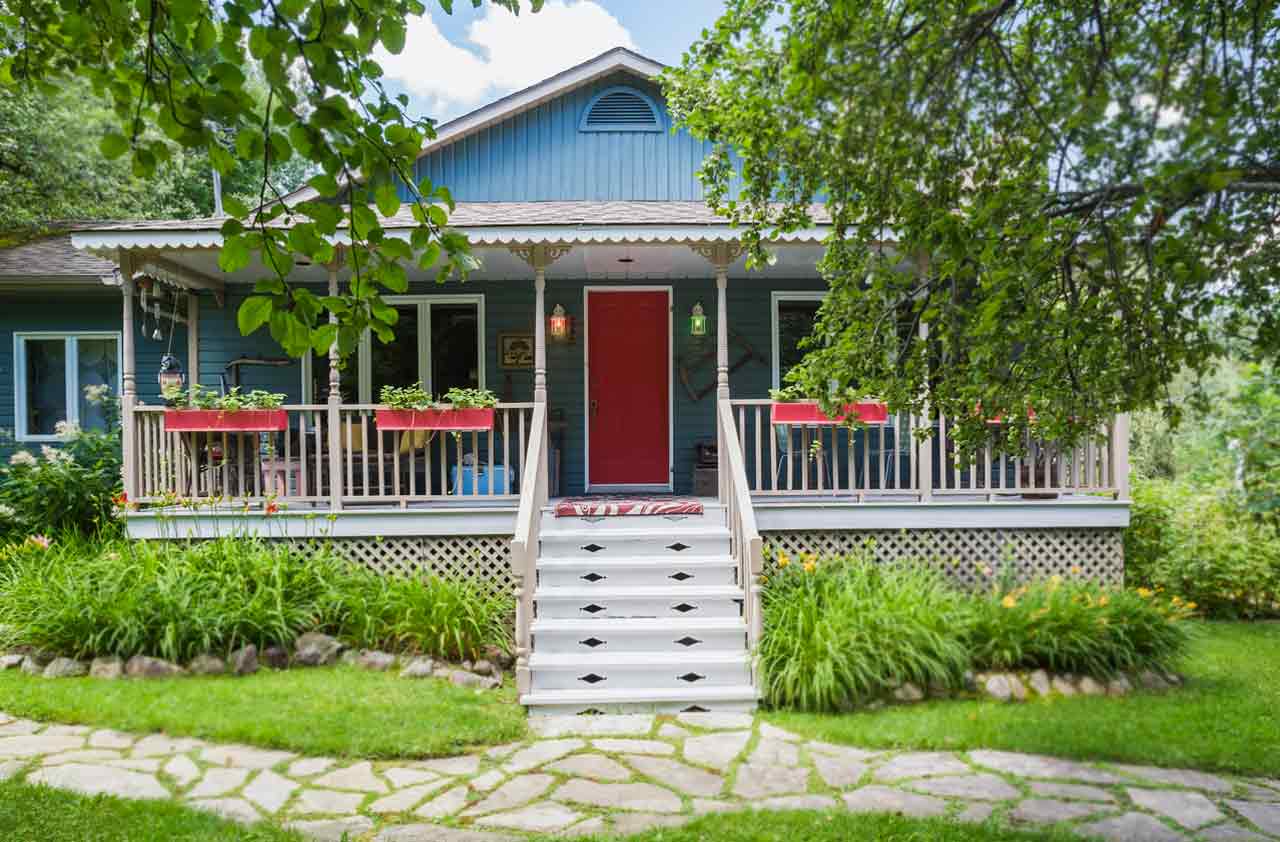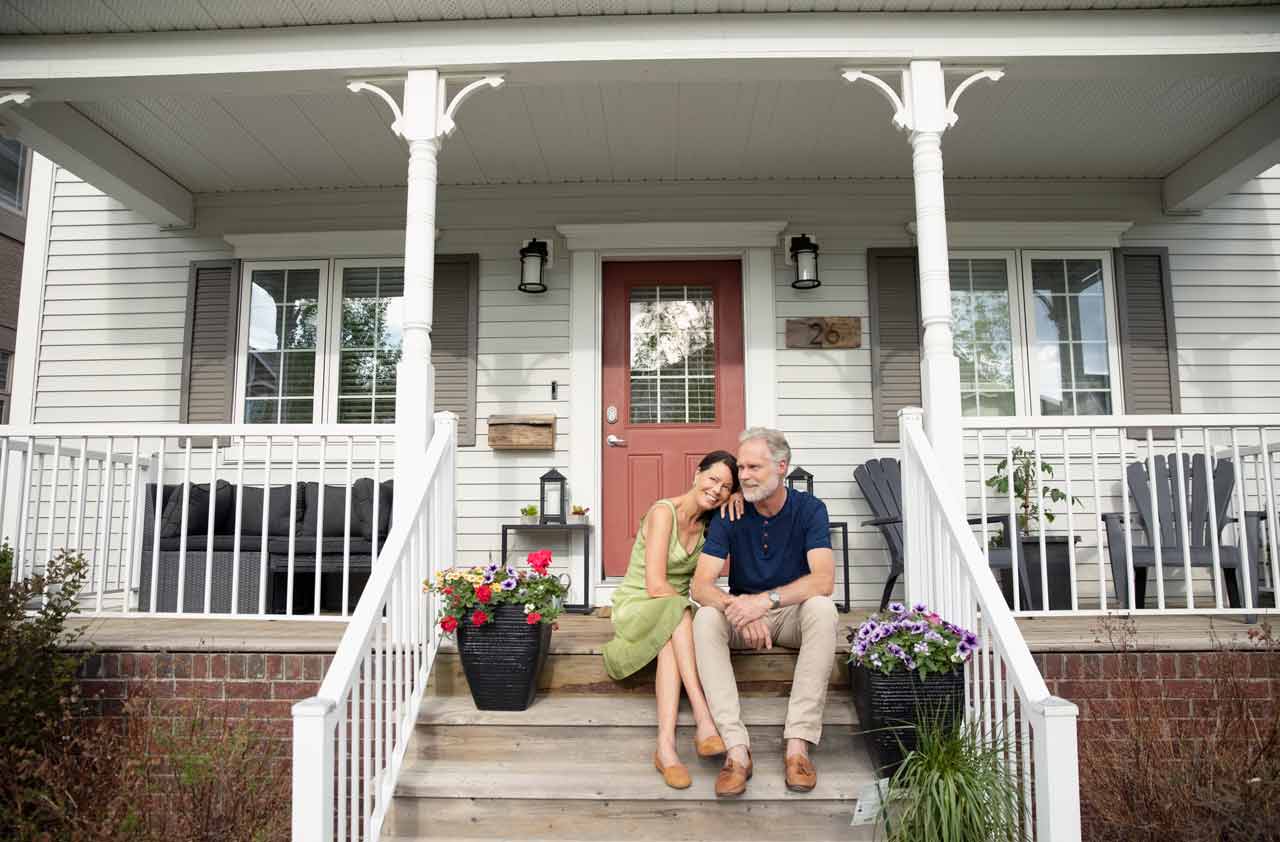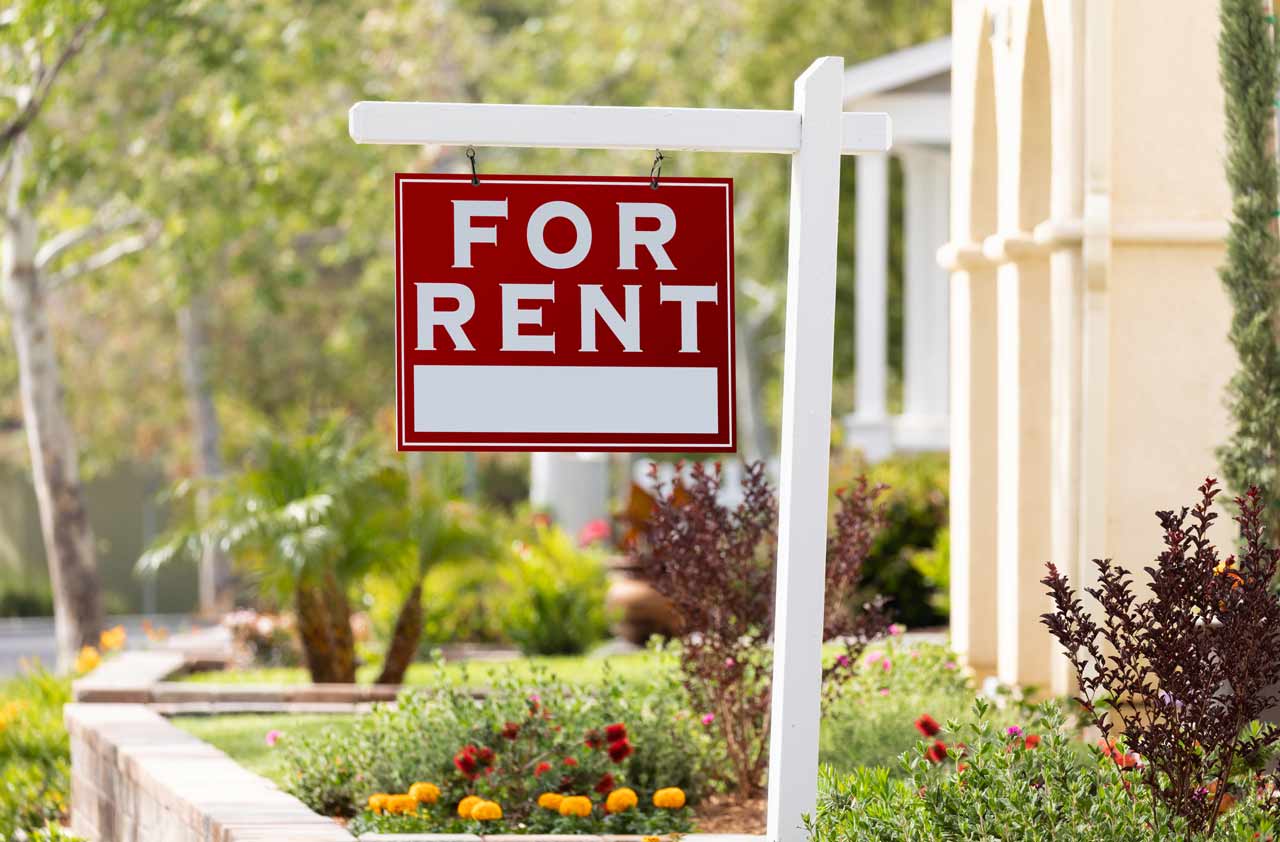What's Your Retirement Housing Strategy?
When you think about where (and how) you’ll live in retirement, you basically have 10 possibilities. Each one comes with distinct pros and cons to consider.


One of the most important aspects of retirement planning is making housing plans. The reality is that you need a place to live in retirement and there are a lot of different options. Furthermore, even if you decide to just keep the status quo and age in place, there are a lot of factors to consider.
The home is often a retiree’s largest asset, with the median wealth in homes for a 65-year-old couple at $192,552, according to the U.S. Census data. This represents about two-thirds of the median retiree’s assets. Furthermore, the home comes with a cost, which is often the largest expense for retirees at nearly $20,000 a year. So let’s look at 10 different retirement housing options, ranging from aging in place all the way through nursing home care at the end of life.
Written by Jamie Hopkins, Esq., LLM, MBA, CFP®, RICP®. He serves as Director of Retirement Research at Carson Wealth and is a finance professor of practice at Creighton University's Heider College of Business. His most recent book, "Rewirement: Rewiring The Way You Think About Retirement," details the behavioral finance issues that hold people back from a more financially secure retirement.

Aging in Place
- What is it: Roughly 83% of retiree homeowners want to stay in their current home for as long as possible.
- Pro: The homeowner gets to keep consistency in their life. They know their house, understand the costs associated with it, have an emotional attachment to it, and know the surrounding area. In many cases this can be the most enjoyable and stress-free way to live in retirement.
- Con: Often retirees have outgrown their current homes. Perhaps they raised a few kids and have a lot of extra maintenance, rooms and costs associated with keeping up the house. While it might work early in retirement, it could become a burden as they age. The current home also might not be friendly for aging in place. The home could have too many stairs, not a lot of senior amenities, and be far away from senior services like health care.

Home Sharing
- What is it: For some homeowners, the desire to age in place is there, but the finances just don’t make sense, especially if the person is single. So one option is to take on a roommate. Home sharing is mostly engaged in by women in retirement, with over 4 million senior women sharing a home with at least two other women. There are home-sharing services that help pair up homeowners with potential roommates, both from a financial and compatibility standpoint.
- Pro: Home sharing can be a great way for a homeowner to age in place, add companionship to their life, and improve their finances. The homeowner is able to charge rent and likely split utilities, which can add much-needed cash flow. Additionally, it allows the homeowner to have someone else live with them who is in a similar stage of life.
- Con: Not everyone wants to share their home with a stranger or another person. Furthermore, the decision to bring someone into your home carries a bunch of risks. For one, you might not get along. Additionally, there can be a lot of headaches from renting a room if the renter is unable to meet their payments. It can be hard to evict a person, especially a senior.

Relocating/Downsizing
- What is it: When you are working, living close to work is important for many people. However, once you retire, that need is gone. All of a sudden, location desires change. Additionally, the house you were living in might no longer fit your needs, so relocating to a better fit can make sense.
- Pro: Relocating can help free up home equity and reduce expenses if the homeowner downsizes. It is also possible to move to an area with a lower cost of living or to a state that has lower taxes. Additionally, a benefit of relocating in retirement can be to move closer to family or to improve one’s quality of life by moving to warmer weather or closer to recreational activities.
- Con: Relocating means getting used to a new area and home. Moving always has costs associated with it also, whether it is hiring movers, closing costs or just travel costs. Lastly, if the decision to relocate eventually does not work, it is very hard to undo.

Renting
- What is it: If you are already renting this would be the status quo. However, for homeowners, one option is to sell the home and rent. In some cases you can engage in a sale-leaseback agreement and sell your current home and continue to rent it back. In other cases, you can sell and move to a new rental location.
- Pro: By selling and renting, you can free up home equity for other needs and possibly reduce your expenses. Renting also provides more flexibility in that you can move more freely than if you owned. Additionally, renting can take some of the home upkeep and maintenance off the table. This can be very valuable to seniors as they age. While it might have been enjoyable to mow the lawn and take care of the property at an earlier age, as one ages it can become difficult and expensive to hire out, so renting can be a way of controlling the costs of living.
- Con: One of the biggest downsides of renting is just that most homeowners don’t want to do it. A survey of retirement age homeowners found that only 5% wanted to sell their home and rent. For many Americans owning their home is part of the American dream, so renting just doesn’t fit their vision of a successful retirement, even if it is the best financial outcome for them.

Village Concept
- What is it: The Beacon Community near Boston is often credited as being the first official “village model,” but communities taking care of seniors together have been around forever. The village model is about allowing seniors to age in place in their homes but with the support they need. In many cases, the village model is set up similar to a homeowners association where dues are paid into the “village” or “community,” which in turns provides services like transportation, events and some basic care.
- Pro: The village model can help reduce costs as seniors share services and costs with others needing similar assistance. By allowing seniors to age in place for longer, they can avoid having to move into more expensive senior housing like assisted living facilities before they need to.
- Con: While there are a few hundred village models in the country, that is not a lot of options. For many seniors there is no village model option in their area. Additionally, services are limited, so the retiree might still need to move as their needs for services grows. Furthermore, there is a cost associated with the village model, so that could impact cash flow.

Age-Restricted (Active Adult) Communities
- What is it: Generally in the United States you cannot discriminate based on age, gender or race when it comes to housing options because of the Fair Housing Act of 1968. However, The Housing For Older Persons Act of 1995 allows for communities to restrict housing options to older individuals as long as certain parameters are followed. Essentially, there are two forms of age-restricted housing options. The first requires that at least 80% of the occupied units have at least one person who is 55 or older living in the home. The other type is a bit more restrictive as it requires all residents to be at least age 62, including both spouses.
- Pro: One of the biggest benefits is companionship. Seniors decide to live near and around those going through a similar part of their life and retirement. The communities often provide a variety of services, clubhouses and recreational activities.Con: There can be additional costs associated with living in such communities, so it is not always the cheapest housing option. Furthermore, with a 62-and-over community, adult children cannot move in if they don’t meet the age requirement. Additionally, for spouses with large age gaps, they can be prohibitive also.

Continuing Care Retirement Communities
- What is it: Continuing Care Retirement Communities (CCRCs) offer a continuum of care throughout retirement, often starting with independent living. Most of these communities require the senior to move in when they are in good health and can live independently. Over time, the senior can stay in the same community but receive different levels of care and senior housing, ranging from assisted living to long-term care to end-of-life care.
- Pro: CCRCs allow a senior to age in place in the same community but receive services and long-term care as their needs change. This is also a way to control and, in some cases, prepay your long-term care costs. The communities also often provide food, transportation and recreational activities.
- Con: The biggest concern with CCRCs is whether the entity will be able to fulfill its promises over time. CCRCs are typically for-profit businesses that can run out of money and go out of business. Additionally, many require down payments in the hundreds of thousands of dollars. So, if the entity goes bankrupt, seniors could lose these down payments.

Assisted Living
- What is it: Assisted living offers a combination of housing and care services. Typically when someone moves into an assisted living facility they need help with some activities of daily living and are in the early stages of needing long-term care services. However, the person can still live mostly independently.
- Pro: For many, assisted living facilities offer the care required to maintain a standard of living desired by the senior. They could need some help with bathing, dressing, mobility or cooking.
- Con: Cost. According to 2018 numbers in Genworth’s Cost of Care Study, the average assisted living cost is roughly $48,000 a year. Furthermore, Genworth predicts that this cost will balloon to roughly $86,000 a year by 2038. Additionally, it can be hard to choose the right facility. Plan ahead to determine how you will pay for assisted living and the type of facility and care that you want.

Nursing Home
- What is it: Nursing homes provide housing and full-time care for individuals needing significant levels of long-term assistance. Nursing home care is less about making a housing decision and more about receiving the level of care you need.
- Pro: Care can be significant and help the person live a better lifestyle than they would if they tried to manage alone at home. Additionally, nursing homes can provide skilled care services that might be difficult for family members to provide or expensive to hire out for at home.
- Con: Nursing home quality ranges significantly, and so does cost. Furthermore, most people do not look forward to or choose to move into a nursing home, but instead, it is typically driven out of necessity. According to Genworth, a private room in 2018 cost over $100,000 a year on average. Plans for how to fund your care should start well before retirement.

Charity
- What is it: Charity housing can mean a few different things. First, there are charities and religious organizations that provide free or reduced-cost housing options for low-income seniors. Another form of charitable housing can come from family members. Many will take in relatives to help them out.
- Pro: Charity is going to be in many cases the cheapest form of retiree housing. When it comes to family members taking in a senior, it can also be a great way to spend time with family.
- Con: Most people do not want to rely on family members or charities for their housing or other needs. The desire for most people is to live independently. However, living with family and using charitable housing is a viable option for millions.
Get Kiplinger Today newsletter — free
Profit and prosper with the best of Kiplinger's advice on investing, taxes, retirement, personal finance and much more. Delivered daily. Enter your email in the box and click Sign Me Up.

Jamie Hopkins is a well-recognized writer, speaker and thought leader in the area of retirement income planning. He serves as Director of Retirement Research at Carson Group and is a finance professor of practice at Creighton University's Heider College of Business. His most recent book, "Rewirement: Rewiring The Way You Think About Retirement," details the behavioral finance issues that hold people back from a more financially secure retirement.
-
 6 Stunning Waterfront Homes for Sale Around the US
6 Stunning Waterfront Homes for Sale Around the USFrom private peninsulas to lakes, bayous and beyond, Kiplinger's "Listed" series brings you another selection of dream homes for sale on the waterfront.
By Charlotte Gorbold Published
-
 Six Reasons to Disinherit Someone and How to Do It
Six Reasons to Disinherit Someone and How to Do ItWhether you're navigating a second marriage, dealing with an estranged relative or leaving your assets to charity, there are reasons to disinherit someone. Here's how.
By Donna LeValley Published
-
 What to Do With Your Tax Refund: 6 Ways to Bring Growth
What to Do With Your Tax Refund: 6 Ways to Bring GrowthUse your 2024 tax refund to boost short-term or long-term financial goals by putting it in one of these six places.
By Rachael Green Published
-
 What Does Medicare Not Cover? Eight Things You Should Know
What Does Medicare Not Cover? Eight Things You Should KnowHealthy Living on a Budget Medicare Part A and Part B leave gaps in your healthcare coverage. But Medicare Advantage has problems, too.
By Donna LeValley Published
-
 12 Great Places to Retire in the Midwest
12 Great Places to Retire in the MidwestPlaces to live Here are our retirement picks in the 12 midwestern states.
By Stacy Rapacon Published
-
 10 Cheapest Small Towns to Live In
10 Cheapest Small Towns to Live InThe cheapest small towns might not be for everyone, but their charms can make them the best places to live for plenty of folks.
By Dan Burrows Published
-
 15 Reasons You'll Regret an RV in Retirement
15 Reasons You'll Regret an RV in RetirementMaking Your Money Last Here's why you might regret an RV in retirement. RV-savvy retirees talk about the downsides of spending retirement in a motorhome, travel trailer, fifth wheel or other recreational vehicle.
By Bob Niedt Published
-
 The Cheapest Places To Retire in the US
The Cheapest Places To Retire in the USWhen you're trying to balance a fixed income with an enjoyable retirement, cost of living is a crucial factor to consider.
By Stacy Rapacon Published
-
 The Six Best Places to Retire in New England
The Six Best Places to Retire in New Englandplaces to live Thinking about a move to New England for retirement? Here are the best places to land for quality of life, affordability and other criteria.
By Stacy Rapacon Last updated
-
 13 Smart Estate Planning Moves
13 Smart Estate Planning Movesretirement Follow this estate planning checklist for you (and your heirs) to hold on to more of your hard-earned money.
By Janet Kidd Stewart Last updated
